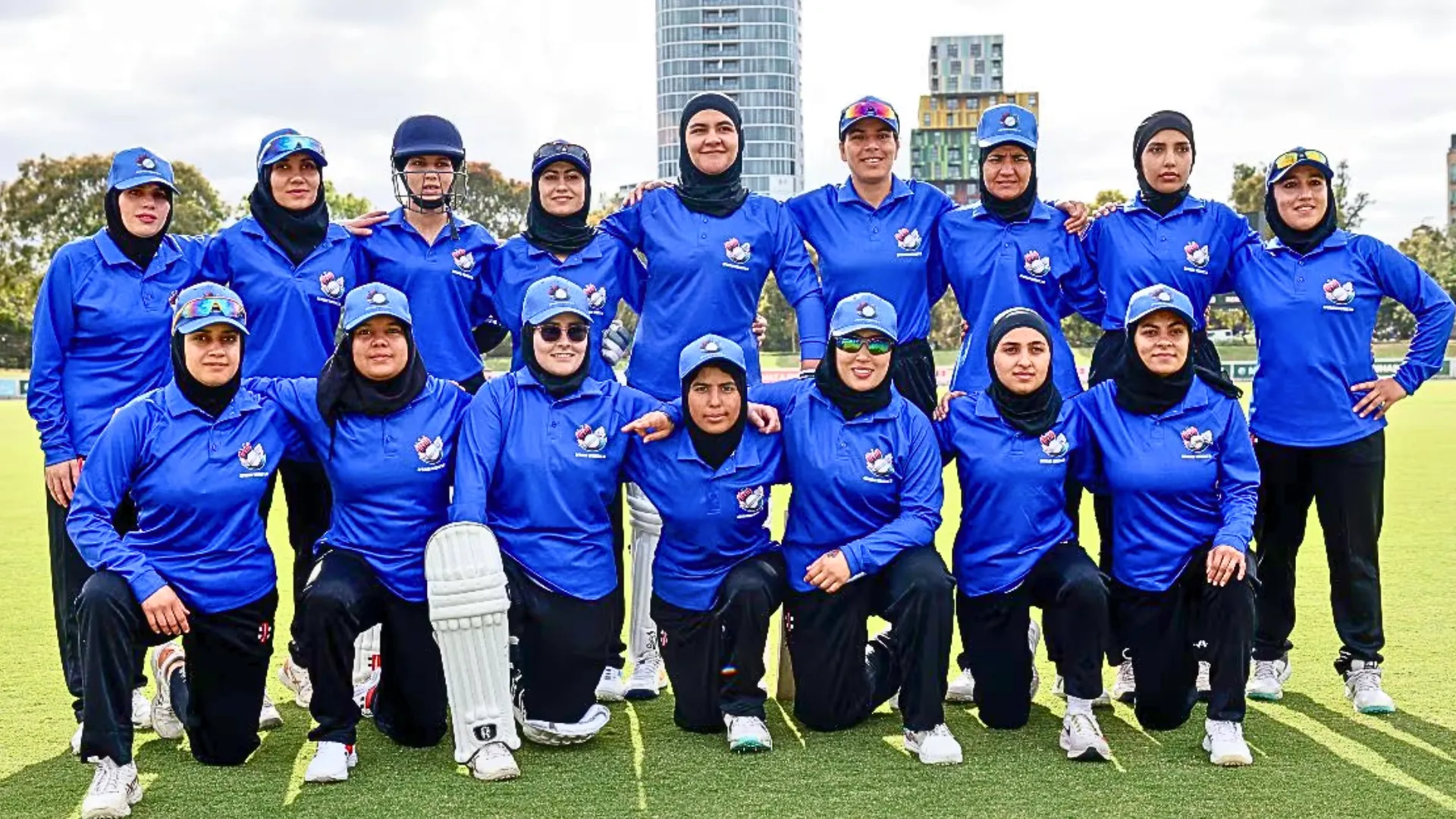INTRODUCTION
With the changing lifestyle and westernisation of people’s ideology, the practice of non-formal relationships by “Live-in Relationship” has emerged. With time, the concept of companionship has evolved, and it is no more limited to the usual way of a Marriage. This new expression of a live-in implies two individuals having a consensus to cohabit under the same roof to check their compatibility before the actual marriage ceremony. Sometimes termed as a walk-in walk-out relationship, this kind of union is entirely legal, although it has never been recognised in any Acts or other legislation across India. Judiciary has undoubtedly, in the process, played a significant role to normalise this practice by delivering certain revolutionary judgments.
THE LEGITIMACY OF LIVE-IN RELATIONSHIP: A CONFLICT BETWEEN MORAL PREACHING AND LEGAL PRINCIPLES
Recent judgments delivered by the Punjab and Haryana High court have proven that courts should be concerned with constitutional morality and not with what is considered moral in the eyes of society. In the series of events, the two benches of the high court had formerly denied protection to a couple who demanded security from their family members, quoting those live-in relationships are illegal in the country and is looked down on by society. Later on, the other bench took cognisance of the case and held that the couple shall be protected at all costs and that an individual’s liberty cannot be merely taken away on the grounds of being immoral.
The term constitutional morality was duly interpreted in the case of Manoj Narula v. Union of India, and it was found that to examine the constitutional character of any subject, it is to be assured that it aligns with the constitutional principles and does not become an act of arbitrariness by going against the set rules. The working of the Indian Constitution has been structured so that its principles match the needs of a progressive society. Its evolution is directly proportional to the conditions and culture prevailing in the community.
In its other leading judgment of Indra Sarma v. V.K.V. Sarma, the Supreme Court, via a liberal approach, opined that Live-in is a novel approach of the current generation to get into the nitty-gritty of a household without actually being bothered by an official tag of marriage. It is neither a sin nor a crime in the eyes of the law and shall be welcomed with open arms.
LIVE-IN RELATIONSHIPS: ABSENCE OF STATUSES AND ROLE OF COURTS AS GUARDIAN
The absence of a statutory enactment makes the practice swinging in uncertainty. There is neither any legal definition of the relationship nor any prescribed punishments for the wrongdoers. However, the court has tried to provide an identity to it by defining it in five different ways while delivering the judgment of Indra Sarma v. V.K.V. Sarma. The live-in relationship is where two individuals’ privacy needs to be protected. It does not matter how society pursues them to be about the privacy judgment held in K.S. Puttaswamy v. Union of India it is to be quoted that it is the decision of the individuals how they want to spend their lives as. It is not just providing them with the right to freedom to choose but the state’s duty to protect their very choice. It is necessary to ensure that the individual enjoys liberty with the utmost dignity and opt for whatever they deem suitable for a happy life.
The Supreme Court put forward certain conditions to certify a cohabitation as a “legal live-in relationship”. In the 2010 judgment of D. Velusamy and D. Patchaimal, the court specified the couple must adhere to the following points while establishing a legal live-in relationship. These were:
Both the boy and the girl have to present themselves as akin to being a husband and a wife.
They both must be legally eligible for marriage and should have attained the age of 18.
They must be eligible to get into a legal marriage and be unmarried.
Both have a consensus of mind for cohabitation without any pressure and have lived like a husband-wife for a considerable period.
The apex court acknowledging the menace of khap-panchayats and honour killings across the country strongly opined that it is highly crucial to ensure that the right to choose a partner is protected at all costs. It is a combined duty of the state and the judiciary to look after the rights of those young couples who usually run away to save their lives from brutal attacks.
DEALING WITH THE ISSUE OF WOMEN IN THE LIVE-IN RELATIONSHIP: AN ANALYSIS
The Protection of Women from Domestic Violence Act of 2005 (Pwdva) is the first piece of legislation to recognise live-in relationships by providing rights and protection to women who are not legally married but have chosen to live with a male partner in a relationship that is similar to but not identical to marriage. Section 2(f) of the Domestic Violence Act, 2005 defines: “Domestic relationship means a relationship between two persons who live or have, at any point of time, lived together in a shared household, when they are related by consanguinity, marriage, or through a relationship like marriage, adoption or are family members living together as a joint family”. The court has interpreted the expression “relationships like marriage” on the same line and meaning with the live-in-relationships. The provisions of Pwdva will apply to all the individuals who are in live-in-relationships. “This provides women with fundamental rights to protect themselves from abuse, fraudulent marriage, and bigamous relationships”. Section 125 CrPC is one crucial legislation that was inducted to avoid vagrancy and destitution for a wife/minor children/old age parents, which has now been given to partners of a live-in-relationship after judicial interpretation. “Malimath Committee, also known as the Committee on Criminal Justice System Reforms, was founded in November 2000. The committee presented its report later in 2003, with some notable recommendations under the heading “offences against women.” One such bid was to amend Section 125 of CrPC to alter the meaning of wife, and the revision was made accordingly. The expression includes the ladies in the live-in-relationship, but the accomplice has abducted her at his own will, so now a lady in the live-in-relationship can get the wife’s status. It interprets that if a female has been in the live-in-relationship for a considerable period, she should have legitimate privileges as a spouse and claim maintenance under this section. A presumption would arise in wedlock where partners live together as husband and wife. However, a contradictory decision came when it was decided that the divorced wife could be treated as the wife and claim maintenance under Section 125 of CrPC. Still, it won’t apply to those staying in live-in-relationships because they are not legally married, and partners cannot divorce each other and claim maintenance under this section.”
STEALTHING: AN UNIDENTIFIED CRIME HIDDEN BEHIND THE MISINTERPRETED MEANING OF CONSENT AND IMPACT OF THIS IN A LIVE-IN RELATIONSHIP
Stealthing refers to the act of secretly removing a condom while having sexual intercourse with a partner who has consented to the protected sex. This is a deceptive form of sexual assault that grossly violates the sense of consent and exposes the partner to unwanted pregnancies, sexually transmitted diseases, etc. The non-consensual removal of condoms has been identified as a form of sexual assault by various western jurisdictions; for instance, “The Supreme Court of Canada and the Swiss Criminal Courts have identified stealthing as rape (R v. Hutchinson, 2011). Further, this issue acquired international attention when UK’s Supreme Court stated that stealthing fell under the ambit of rape and accordingly introduced the “doctrine of conditional consent” (Assange v. Swedish Prosecution Authority, 2011).” It is still a grey area between the white and black definitions of consent in India. It is an important issue that needs to be discussed because of India’s social conditioning and stigma attached to contraceptives. The National Health Survey of India 4 (NHS4) found that 80% of adult men aged between 20 to 24 years do not use contraception while having sexual intercourse; this might emerge from the notion that the use of condoms makes ‘one less of man’. The idea of ‘conditional consent’ has been identified under Section 375 (4) of the Indian Penal Code, which stipulates, “When the man knows that he is not her husband and that her consent is given because she believes that he is another man to whom she is, or believes herself to be lawfully married, such sexual intercourse shall amount to rape.” This scenario explains that a woman’s consent is conditional on the man’s being her husband. When this factor is eliminated, the consent is effectively hampered, which the statute identifies as rape. Suppose the analogy has been drawn to the act of stealing, and the consent is based on the partner using a condom. In that case, the non-consensual removal of the protection during sexual intercourse invalidates the consent, thus amounting to rape. The non-consensual removal of condoms also is further covered under the ambit of Section 270 of the Indian Penal Code, which penalises malicious acts that are likely to cause the spread of deadly diseases. “The above analysis shows that stealing has all the elements of a crime but still has not been recognised as one; the policymakers and researchers have tried to look for the civil rather than criminal mechanisms while dealing with Stealthing. It is pertinent to note that Mrinal Satish, a professor involved in expanding the definition of rape in the Criminal Law Amendment Act, 2013, firmly believes that stealing should be covered within the ambit of rape”. Women in live-in relationships became very easy victims in such scenarios as the legislation for both live-in-relationship and stealing are unclear, leaving the victims unheard. If their issues are addressed in some circumstances, ambiguous legislation leaves the perpetrators free. It is time now that specific legislation concerning the above-stated matter is rolled out, and no room for injustice prevails.
Please read concluding on thedailyguardian.com























